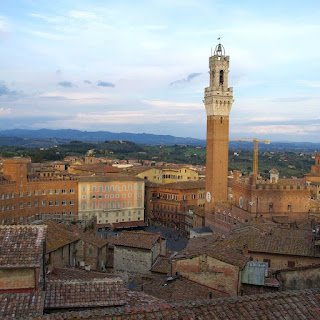Other issues arose as well. Richard's marriage to Anne of Bohemia was supposed to bring her father, Holy Roman Emperor Charles IV, onto the English side. There did not seem to be much support from Charles, however, and the man who negotiated the marriage, Michael de la Pole, had been made chancellor a few years before and more recently made Earl of Suffolk. Also, Robert de Vere, 9th Earl of Oxford, had just been made Duke of Ireland. Richard's elevation of his favorites to such positions was very concerning to Parliament, who considered these men and others close to Richard to be out for themselves and inappropriate royal advisors.
Richard was going to absent himself from Parliament—he did not like being told what he could and could not do—but his uncle Thomas of Woodstock, the Duke of Gloucester, threatened him with being deposed if he did not attend.
Parliament considered de la Pole a bad chancellor and wanted him impeached. Richard was forced to get rid of his chancellor and deal in the future only with advisors approved by Parliament. He left Westminster and spent a year traveling the country, ignoring the advice of Parliament's approved advisors and trying to gather support for himself.
As for the French fleet, England got lucky: a rebellion in Ghent took their attention, and there was no invasion of England that season. Also in 1386, Gaunt left England to attempt his dream of succeeding to the throne of Castile. Parliament had never trusted him, assuming that he wanted the English throne himself. Richard was upset with him as well: Gaunt was the chief military leader, and the promise of claiming France did not materialize fast enough. Gaunt's wealth had often supported Richard's desires, but with Gaunt in Spain fighting his own battles, Richard had lost a source of support and felt deserted.
The rest of Richard's reign was going to be one long argument with Parliament about the extent of his power and autonomy. The Wonderful Parliament was considered even more damaging to him that the Merciless Parliament in 1388. That is our next stop on this brief tour of the life of Richard II.

























.png)

